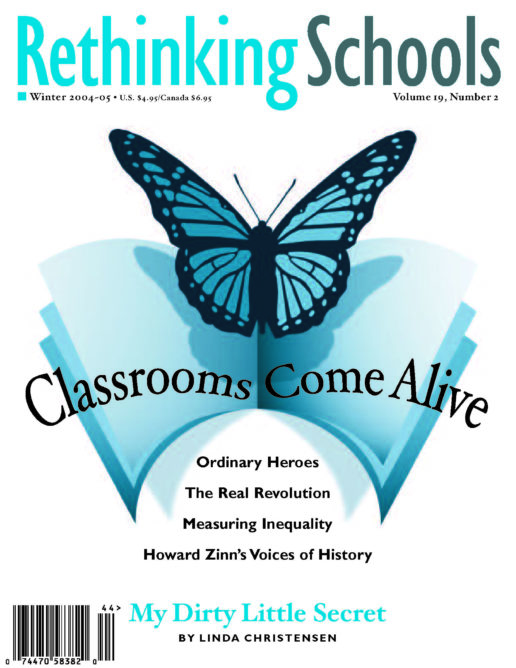BOOK REVIEWS: Commercialized Kids/Born to Buy
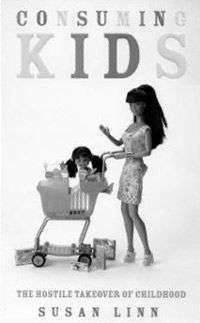
Consuming Kids: The Hostile
Takeover of Childhood
By Susan Linn.
(New Press, 2004)
288 pp. $24.95 hardback.
Born to Buy: The Commercialized Child and the New Consumer Culture
By Juliet Schor (Scribner, 2004)
276 pp. $24.95 hardback.
A few years ago an incident occurred in my classroom that made me realize the extent to which commercialism had taken control of my 10-year-old students. I had an unexpected visitor—an Australian teacher-union official—and hadn’t done any prep with my students. After observing my students doing a role play, the visitor asked them what they knew of Australia. I had expected a chorus of “kangaroos and koala bears,” but instead, the most enthusiastic response came from a number of students who called out, “Foster beer! That’s where Foster beer comes from.”
I was dumbfounded, not because the students showed a brazen lack of brand loyalty to the beers that made Milwaukee famous, but that they knew anything at all about Australian beer. “How do you know that?” I blurted out before my guest could even respond.
“TV. Haven’t you seen those really cool commercials?” one student explained, while several others nodded in agreement.
This is just one small example of what Susan Linn calls the “hostile takeover of childhood” and what Juliet Schor describes as “corporate-constructed” childhood. Both writers have penned masterpieces that describe the juggernaut of corporate and media influences that are redefining childhood to serve corporate profit.
The two books, Born to Buy: The Commercialized Child and the New Consumer Culture by Schor and Consuming Kids: The Hostile Takeover of Childhood by Linn, are so stuffed with data and facts that they might convince some people to pack up their kids and move to the Northwoods without a television—or to Sweden, which, Schor explains, has banned advertising directed at children under 12 years old.
Both books are “must-reads” for teachers, parents, media reform advocates, and policymakers. Either one would make a wonderful holiday gift for a friend or relative who struggles daily to limit their children’s consumption of media.
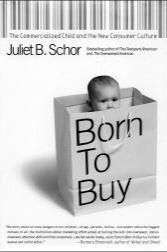
Schor, an expert on consumerism and economics who teaches at Boston College, has conducted her own research and draws on a myriad of other studies to demonstrate that children are indeed “born to buy” in the United States. She looks at the problem from several vantage points, with chapters on the history of children’s consumption, the content of commercial messages, the omnipresence of advertising, the commercialization of public schools, corporate research, and the impact of advertising on children’s health and well being. She concludes with a chapter that explores how we as a society might start de-commercializing childhood.
Linn, an instructor in psychiatry at Harvard Medical School, is co-founder of the coalition Stop Commercial Exploitation of Children and was recently featured in the popular documentary The Corporation. Linn starts off describing her experience of spending 36 hours at the fifth annual Advertising and Promoting to Kids Conference and then covers much of the same ground as Schor. Linn has a whole chapter on what is called the “Nag Factor” by marketing researchers. According to Linn, advertisers spent $15 billion last year getting kids to nag their parents to buy products—including “adult” products like cars. Linn titles one chapter “From Barbie and Ken to Britney, the Bratz, and Beyond: Sex as a Commodity” where she relates the statistic that 64 percent of the sexually active teens name the media—not parents, friends, or teachers—as their source of information on sex.
Linn also goes after the alcohol and tobacco industries, pointing out that in 2001, alcohol companies spent more than $31 million for ads during 13 of the 15 most popular shows among kids ages 12 to 17, including Friends and That Seventies Show.
Schor and Linn both convincingly argue that things are qualitatively different than just a few decades ago. The purchasing power of young people has exploded, and the amount of money corporations spend on advertising directed at children annually is $15 billion compared to a mere $100 million in television advertising spent in 1983. The impact is noticeable. Kids spend most of their non-school/non-sleep time watching TV, playing video games, and shopping. As Schor writes, “marketed leisure has replaced unstructured socializing, and most of what kids do revolves around commodities.”
In addition to increased disposable income and advertising money directed at children, another more subtle change has occurred: Lines between childhood and adulthood have blurred. Today’s children have earlier and more frequent exposure to the adult world—from the sexually explicit antics of MTV performers to the sexual innuendoes in car commercials and most sitcoms. Media assumptions that “kids are getting older younger” has pushed violent and sexual media content down to younger and younger children.
According to Schor, “Kids can recognize logos by 18 months, and before their second birthday, they’re asking for products by brand names. By three or three-and-a-half, experts say, children start to believe that brands communicate their personal qualities, for example that they’re cool, or strong, or smart . . . Upon arrival at the schoolhouse steps, the typical first grader can evoke 200 brands.”
There are also the inside stories. Both Linn and Schor have managed to attend marketing conferences and have had very frank conversations with marketing experts. What they have to share can be described as nothing less than frightening. A vice-president of marketing at Nickelodeon stated, “Product preferences develop at a much earlier age than anyone had ever thought. . . . As people begin to understand this, to see how brand loyalty transfers to adulthood, there is almost nothing that won’t be advertised for children.”
A former food marketer told Schor, “I think there are some
-

Black Logo T-Shirt
$24.95 Select options This product has multiple variants. The options may be chosen on the product page -

Magazine Subscription – Digital
$34.95 / year Add to cart -

Rethinking Multicultural Education – 3rd Edition – Epub
$9.95 Add to cart -

Rethinking Multicultural Education – Epub
$9.95 Add to cart -

Rethinking Multicultural Education 3rd Edition
$24.95 Add to cart -

RTSVOL37N1
$6.95 Add to cart -

RTSVOL37N4
$6.95 Add to cart -

RTSVOL38N1
$6.95 Add to cart -

RTSVOL38N2
$6.95 Add to cart -

RTSVOL38N3
$6.95 Add to cart -

RTSVOL38N4
$6.95 Add to cart -

RTSVOL39N1
$6.95 Add to cart -

Teacher Unions and Social Justice
$29.95 Add to cart -

Teacher Unions and Social Justice – Epub
$9.95 Add to cart -
Sale!

Teaching Palestine
Original price was: $34.95.$29.95Current price is: $29.95. Add to cart -

Teaching Palestine – Epub
$9.95 Add to cart -

Teaching Palestine Discussion Guide
$0.00 Add to cart -
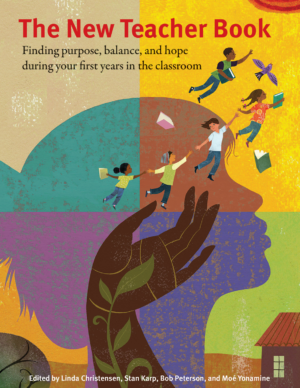
The New Teacher Book – Epub
$9.95 Add to cart -

Transgender Justice in Schools – Epub
$9.95 Add to cart -

Transgender Justice in Schools Discussion Guide
$0.00 Add to cart -

Unlearning “Indian” Stereotypes MP4
$4.95 Add to cart -

VOL39N2
$9.95 Add to cart -

Volume 36, No. 3 – Spring 2022
$5.95 Add to cart -

Volume 37, No. 3 – Spring 2023
$4.95 Add to cart -

A People’s Curriculum For The Earth
$27.95 Add to cart -

A People’s History for the Classroom
$14.95 Add to cart -

A People’s History for the Classroom – PDF E-Book
$7.95 Add to cart -

Annual Magazine Subscription
$34.95 / year Add to cart -

One Year Gift Subscription Certificate to Rethinking Schools Magazine
$34.95 Select options -

Open Minds to Equality – 4th Edition
$24.95 Add to cart -

Pencils Down – PDF E-Book
$19.95 Add to cart -

Reading, Writing, and Rising Up- 2nd Edition
$24.95 Add to cart -

Rethinking Bilingual Education
$24.95 Add to cart -

Rethinking Columbus Expanded Second Edition
$18.95 Add to cart -

Rethinking Columbus Expanded Second Edition – PDF E-Book
$13.95 Add to cart -
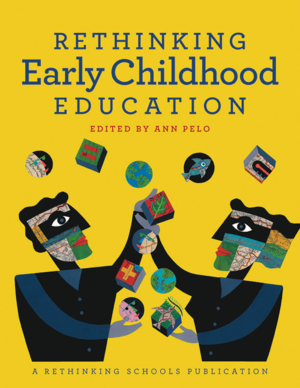
Rethinking Early Childhood Education
$18.95 Add to cart -

Rethinking Elementary Education
$24.95 Add to cart -

Rethinking Ethnic Studies
$32.95 Add to cart -

Rethinking Globalization
$24.95 Add to cart -

Rethinking Globalization – PDF E-Book
$14.95 Add to cart -

Rethinking Mathematics – Second Edition
$24.95 Add to cart -

Rethinking Mathematics – Second Edition – PDF E-Book
$19.95 Add to cart -

Rethinking Multicultural Education 2nd Edition
$24.95 Add to cart -

Rethinking Our Classrooms Two Volume Set – PDF E-Book
$19.95 Add to cart -

Rethinking Our Classrooms, Volume 1 – Second Edition
$18.95 Add to cart -

Rethinking Our Classrooms, Volume 1 – Second Edition – PDF E-Book
$13.95 Add to cart -

Rethinking Our Classrooms, Volume 2
$16.95 Add to cart -

Rethinking Our Classrooms, Volume 2 – PDF E-Book
$11.95 Add to cart -
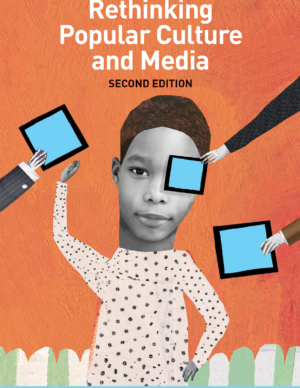
Rethinking Popular Culture and Media – 2nd Edition
$27.95 Add to cart -

Rethinking Sexism, Gender, and Sexuality
$24.95 Add to cart -

Rethinking Sexism, Gender, and Sexuality – Epub
$9.95 Add to cart -

Rethinking Sexism, Gender, and Sexuality – Print & Ebook Bundle
$29.95 Add to cart -

Rhythm and Resistance: Teaching Poetry For Social Justice
$24.95 Add to cart -

Teaching a People’s History of Abolition and the Civil War
$19.95 Add to cart -

Teaching About the Wars – PDF E-Book
$0.00 Add to cart -

Teaching For Black Lives
$29.95 Add to cart -

Teaching for Joy and Justice
$19.95 Add to cart -

Teaching for Joy and Justice – PDF E-Book
$14.95 Add to cart -

The Line Between Us
$16.95 Read more -

The New Teacher Book-3rd Edition
$32.95 Add to cart -

Volume 34, No. 3 – Spring 2020
$4.95 Add to cart
What Can We Do?
Both Schor and Linn admit that changing the current crush of commercialism will be difficult. Schor acknowledges that “global corporations may continue as the primary architects of children’s futures.” But, she hastens to add, “a different future is possible too.” She says, “Parents and children might come together to recapture childhood from the global giants and put in place a culture that is captivating, healthy, and empowering.”
Linn cautions that while “media literacy” is “essential to functioning in the modern world,” it’s far from a solution to “marketplace manipulation.” She believes a focus on media literacy “places the onus for protecting children on parents, teachers, and children themselves” and lets the marketing experts “off the hook.”
Specific regulatory proposals by both Linn and Schor deserve support from individual teachers, parents, and policymakers, but even more importantly from parent organizations, teacher unions, and religious and community organizations.
The media reform movement that has gained currency in recent years would do well to see the protection of children as a way to build broad support for reforms that ultimately need to be made to protect everyone. It’s hard to say whether such reforms are possible. It’s important to acknowledge that it is not just a problem of “market manipulators” or “marketing experts.” Economic life in our society is built around the market’s quest to achieve the highest rate of profit possible. Because corporate control of childhood is an inherent impulse in this system, organizations need to build that awareness into their organizing. These two books are essential resources that will strengthen efforts to protect children from commercial exploitation.

